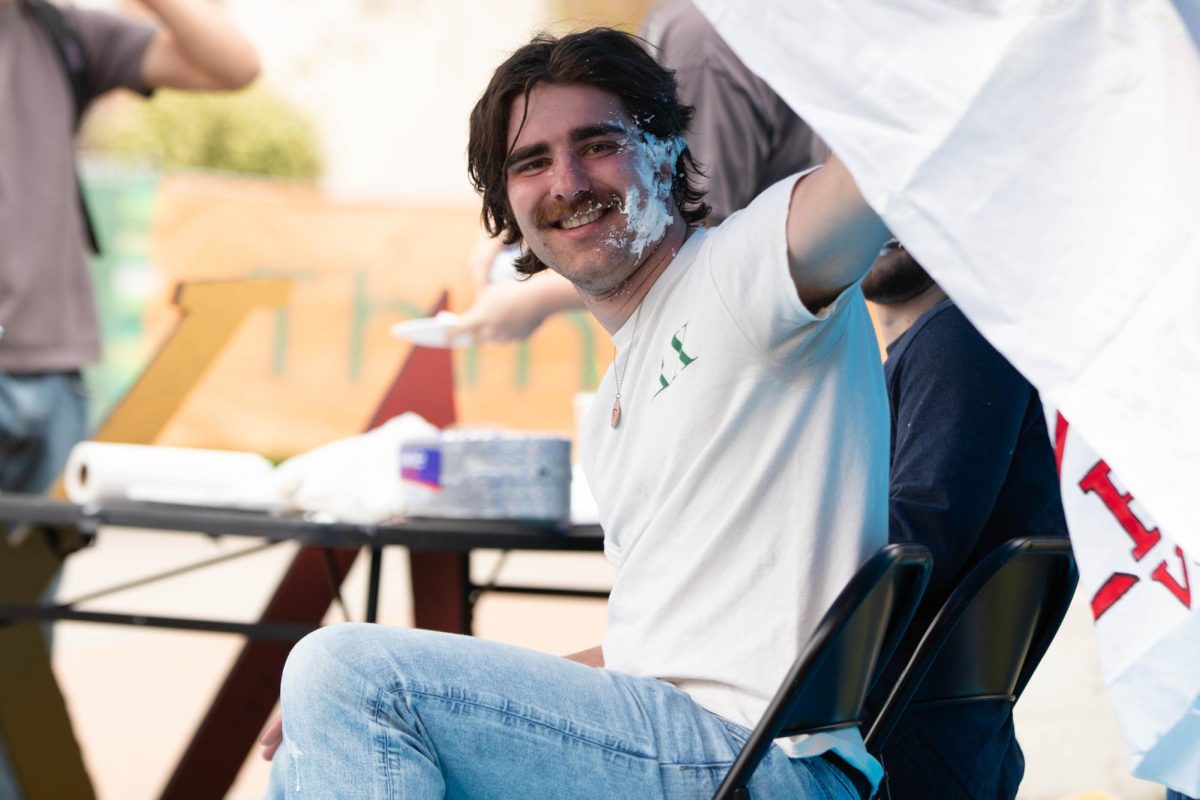Native American art is commonly misunderstood and appropriated in today’s society.
However, the Gregory Allicar Museum is showcasing their new exhibit on Navajo clothing and jewelry through Dec. 14, which highlights the historical background of Indigenous arts.
The exhibit was co-curated by sisters in the Diné tribe, Emma Morgan and Beverly Morgan, as well as Emily Moore. The exhibition features a range of historical Navajo jewelry and textiles from the southwest region of the United States. The jewelry was brought by the Denver Museum of Nature and Science, and some of the clothing was brought by Emma and Beverly Morgan’s family.
Emma and Beverly Morgan are from New Mexico, and they wanted to use this opportunity to share their culture and educate the people on the symbolic representation of Navajo clothing for non-Native people.
“Even non-Navajos wear our jewelry, and we want to educate them on what it means,” said Emma Morgan, co-curator of the exhibit. “People buy our necklaces but never know what it represents.”
In Navajo culture, it is believed that appropriate clothing is necessary to be recognized by the Holy People, which are known as the creators of the Earth and the beings that guide the Navajo people.
Turquoise comes from one of the Navajo’s sacred mountains in New Mexico.” -Emma Morgan
This is the first Native American art exhibit at the Gregory Allicar Museum that was curated by Indigenous people. Their contribution helped explain all the symbolic and spiritual meanings of Indigenous culture.
The jewelry and textiles on display highlighted the cultural materials of the Navajo people and how they are represented in their work. One of the materials used was the sacred material turquoise. Turquoise has a long history in Navajo culture, as it is one of the sacred stones.

“Turquoise comes from one of the Navajo’s sacred mountains in New Mexico,” Emma Morgan said. “The turquoise I wear now was given to me by my grandma, so I treasure it.”
Each work of art on display explained the symbolic signs and the crafting process to make the jewelry and textiles. One particular piece of artwork showcased a turquoise bracelet that was crafted by Diné silversmiths. It incorporates natural elements, like volcanic ash found on the Navajo reservation, to create a unique texture to the jewelry.
The exhibit was also focused on educating people on the history of Navajo textiles and jewelry and how it changed over the course of pre- and post-colonial contact.
“I thought it was nicely done to see that it included the historic time the Navajo jewelry was done in,” said Tammra Johnson, a visitor to the exhibit.
While the exhibit showcased beautiful and historic artwork, it also shared a message about colonization of Indigenous people not just in Colorado, but everywhere in the United States.
The exhibit had a plaque dedicated to Colorado State University’s Land Acknowledgement, which acknowledges and respects the land that the University is located on today as the traditional and ancestral homeland of the Arapaho, Cheyenne and Ute Nations and people.
“We wanted to point out that the weaved dresses are what the Navajo traditionally wore before being shipped off to Bosque Redondo,” said Moore, the co-curator of the exhibit and associate professor in CSU’s art history department. “After they got back from Bosque Redondo, they adopted a different style.”
Sam Sedoryk can be reached at entertainment@collegian.com or on Twitter @samsedoryk.











